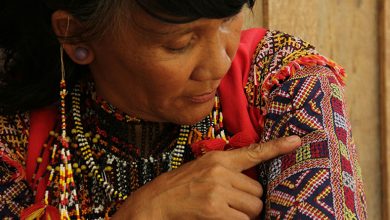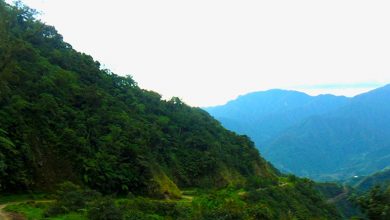
Early Literature
The early literature of the Philippines, both oral and written, was usually sung or chanted. It took a great variety of forms, and was used to accompany not only religious rituals but the activities of daily life like weaving, gathering fruit, planting or harvest. It was also a social entertainment on the occasion of deaths, marriages, etc. when the guests vied with one another in exchanging versified maxims, proverbs and riddles. By way of example a Tagalog proverb may be quoted:
Ang dila ay hindi patalim. Nguni’t kung sumugat ay malalim.
(The tongue is not a knife. But it can inflict a deep cut.)
Musical instruments were used to accompany the singer in such songs as the kundiman, with verses consisting of four alexandrines. Unfortunately few examples of the art have survived. These genres were practised in the different regions and languages of the Philippines, along with tales, legends, epics and romances. The Ifugaos, Bontocs, Igorots, Visayans, Ilocanos and other tribes had their own literature in the same way as the Tagalogs. The epic Agyu or Olahing of the Manobos is a three part epic that starts with pahmara (invocation) then the Kepu’unpuun (narration of the past) and the sengedurog (an episode complete in itself); Biag ni Lam-ang (Life of Lam-ang) of the Ilocanos narrates the adventure of prodigious epic hero who exhibits extraordinary power at an early age; no fewer than twenty-five of these epics recount the adventures of Bantugan, a hero who possessed all the perfections of a demigod. Other epics known to most Filipinos are the Ibalon of Bikol, Kudaman of Palawan, Darangan a Muslim epic, Myth of Bernardo Carpio of Tagalogs.




